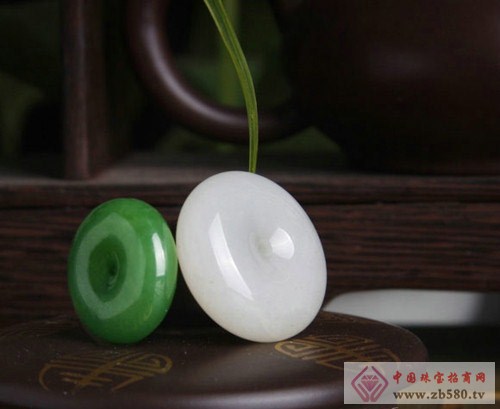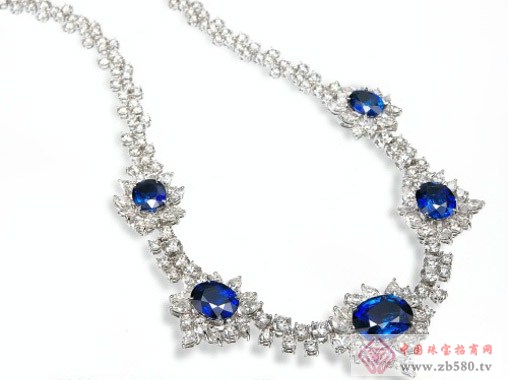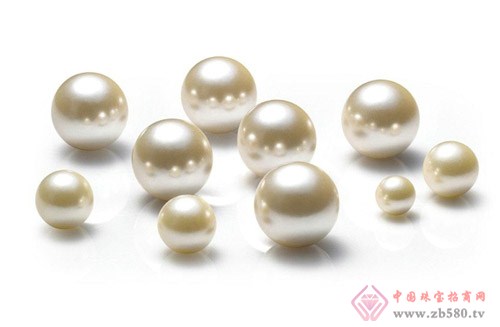Jade culture
As early as 7000 years ago in the Neolithic Age, ancient Chinese people began to use jade to make a variety of exquisite decorations and jade. The macroscopic Chinese jade culture has experienced three stages of “Shenyu—Wangyu—Muyuâ€. In the stage of "Shen Yu" and "Wang Yu", jade was monopolized by the ruling class, prohibiting private trade, and jade is a symbol of the imperial power. At the end of the Qing Dynasty, jade gradually separated from the class attribute and became a commodity that the public could buy, and gradually transformed into a spiritual and cultural symbol of the people.

Jade is an important part of Chinese traditional culture. The jade culture with jade as the central carrier not only deeply affects the ancient Chinese people's ideas and concepts, but also becomes an indispensable part of Chinese culture. The jade culture contains the patriotic national qi festival with "Ning is jade", the united friendship and love style of "becoming a jade", the selfless dedication of "moisturizing and warming", the pure and clean spirit of "not burying the clouds", and the gentleman of "benevolence and righteousness and wisdom" The virtues of virtue, "good luck", the communication medium of "Yuhuiyou" and so on. In short, the jade culture has been deeply rooted in people's material and spiritual life.
Caibao culture

In the 3rd century AD, red and sapphire were first introduced to China by Tianzhu (now India), and jewelry with red and sapphire materials appeared. Until the end of the 19th century, colored gemstones were mainly used in the daily necessities and jewellery of the emperors and nobles. The enamel type was plain and very small.
Between 1990 and 2000, China's jewelry culture consumption was mainly concentrated in gold, diamonds, jade and other aspects. After 2000, the Chinese market favored colored gemstones such as rubies, sapphires and emeralds. These traditional classic gemstones were the mainstream of the market until 2008. However, as the market develops gradually, the trend of internationalization becomes more and more obvious. In addition to the five major gemstones, large-grain gemstones such as red tourmaline, jade, tanzanite, garnet and red and blue spinel have great value-added potential. Also get more and more people like and buy. As of January 2014, people's awareness of Caibao culture has reached a high level.
Pearl culture
Chinese seawater pearls enjoy a high reputation in history. In 110 BC, Hainan Island was rich in pearls, and Hanwu Emperor specially set up "Zhuya County". Pearls have always been regarded as treasures. It symbolizes innocence, perfection, dignity and authority, and is equal to jade. "Herbal Medicine Materia Medica" refers to the pearl as a true pearl, which means that the pearl is pure to true. "Erya" praised the beads and jade as "the beauty of the West." "Zhuangzi" has the saying of "the pearl of the thousand gold". Qin Zhao Wang ranked Zhu and jade as the first of the "pieces of treasures." It can be seen that pearls have a price in the ancient city. The Orbs of the Emperor's Crown, the coveted scorpion, are the symbol of authority and supreme.

In modern times, pearls are still the representative of elegant temperament in people's minds. Pearls with magnificent colors and elegant temperament symbolize health, purity, wealth and happiness. The international gem world also listed pearls as the lucky stone of the birth of June, the memorial stone of the thirteenth anniversary and the 30th anniversary of marriage. This symbolic meaning has been recognized by the general public.
Sexy Tops Women,Off The Shoulder Tops,Puff Sleeve Top,Sexy Plus Size Tops
ShaoXing Siyi Garment co.Ltd , https://www.siyigarment.com
![<?echo $_SERVER['SERVER_NAME'];?>](/template/twentyseventeen/skin/images/header.jpg)